Jeep Wrangler vs Mitsubishi ASX – Differences & prices compared
Everyday use, family trips or long-distance drives – here’s where the differences show.
Discover whether Jeep Wrangler or Mitsubishi ASX fits your lifestyle better.
Costs and Efficiency:
Looking at overall running costs, both models reveal some interesting differences in everyday economy.
Mitsubishi ASX has a convincingly advantage in terms of price – it starts at 20600 £, while the Jeep Wrangler costs 69900 £. That’s a price difference of around 49295 £.
Fuel consumption also shows a difference: Jeep Wrangler manages with 3.30 L and is therefore clearly perceptible more efficient than the Mitsubishi ASX with 4.40 L. The difference is about 1.10 L per 100 km.
Engine and Performance:
Power, torque and acceleration are the classic benchmarks for car enthusiasts – and here, some clear differences start to show.
When it comes to engine power, the Jeep Wrangler has a decisively edge – offering 380 HP compared to 158 HP. That’s roughly 222 HP more horsepower.
In acceleration from 0 to 100 km/h, the Jeep Wrangler is evident quicker – completing the sprint in 6.50 s, while the Mitsubishi ASX takes 8.50 s. That’s about 2 s faster.
In terms of top speed, the Mitsubishi ASX performs slight better – reaching 180 km/h, while the Jeep Wrangler tops out at 177 km/h. The difference is around 3 km/h.
There’s also a difference in torque: Jeep Wrangler pulls clearly stronger with 637 Nm compared to 270 Nm. That’s about 367 Nm difference.
Space and Everyday Use:
Cabin size, boot volume and payload all play a role in everyday practicality. Here, comfort and flexibility make the difference.
Both vehicles offer seating for 5 people.
In curb weight, Mitsubishi ASX is convincingly lighter – 1296 kg compared to 2276 kg. The difference is around 980 kg.
In terms of boot space, the Jeep Wrangler offers slight more room – 533 L compared to 484 L. That’s a difference of about 49 L.
In maximum load capacity, the Jeep Wrangler performs distinct better – up to 2050 L, which is about 454 L more than the Mitsubishi ASX.
When it comes to payload, Jeep Wrangler somewhat takes the win – 536 kg compared to 449 kg. That’s a difference of about 87 kg.
Who wins the race?
The Jeep Wrangler proves to be has the upper hand and therefore becomes our DriveDuel Champion!
Jeep Wrangler is the better all-rounder in this comparison.
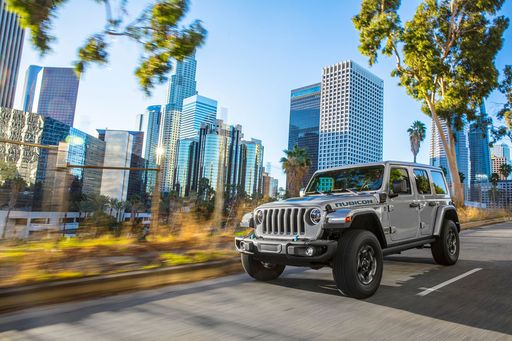
Jeep Wrangler
Jeep Wrangler
The Jeep Wrangler is a symbol of rugged adventure and off-road capability, renowned for its distinctive boxy design and iconic seven-slot grille. Its interior blends practicality with modern technology, providing a comfortable environment whether you're navigating city streets or challenging terrains. With a loyal fan base, the Wrangler continues to capture the spirit of freedom and exploration, making it a favourite among outdoor enthusiasts.
details @ media.stellantis.com
@ media.stellantis.com
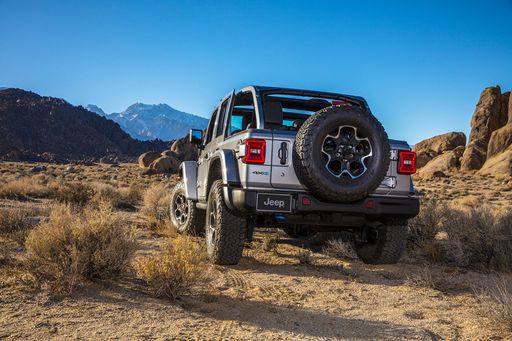 @ media.stellantis.com
@ media.stellantis.com
 @ media.stellantis.com
@ media.stellantis.com
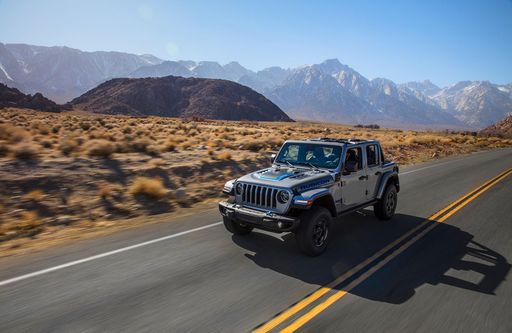 @ media.stellantis.com
@ media.stellantis.com
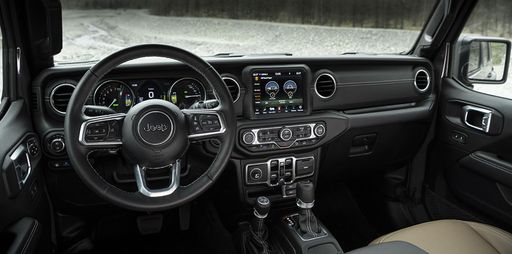 @ media.stellantis.com
@ media.stellantis.com
Mitsubishi ASX
The Mitsubishi ASX presents itself as a compact crossover that combines practicality with style. Its sleek design and versatile interior make it an appealing choice for both urban and rural settings. With a focus on providing a comfortable driving experience, the ASX also offers a range of modern features that enhance connectivity and safety.
details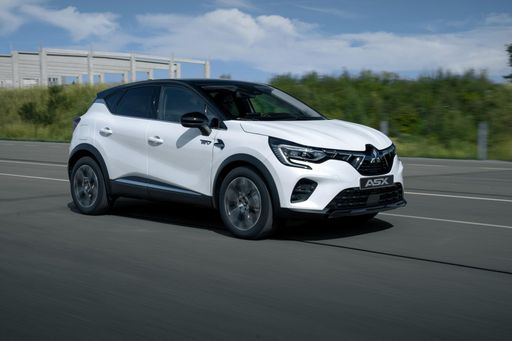 @ Mitsubishi
@ Mitsubishi
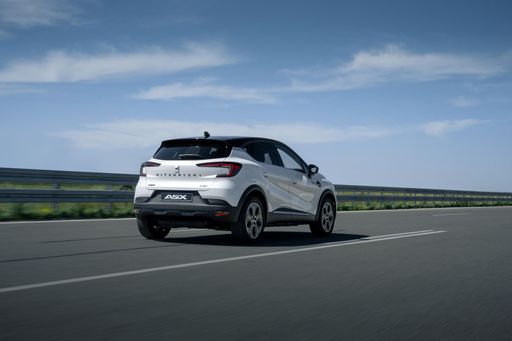 @ Mitsubishi
@ Mitsubishi
 @ Mitsubishi
@ Mitsubishi
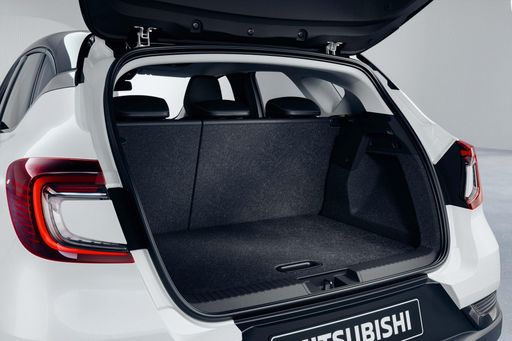 @ Mitsubishi
@ Mitsubishi

|

|
|
|
|
Costs and Consumption |
|
|---|---|
|
Price
69900 - 71600 £
|
Price
20600 - 32500 £
|
|
Consumption L/100km
3.3 - 4 L
|
Consumption L/100km
4.4 - 6 L
|
|
Consumption kWh/100km
-
|
Consumption kWh/100km
-
|
|
Electric Range
38 - 42 km
|
Electric Range
-
|
|
Battery Capacity
-
|
Battery Capacity
-
|
|
co2
74 - 91 g/km
|
co2
99 - 135 g/km
|
|
Fuel tank capacity
65 L
|
Fuel tank capacity
48 L
|
Dimensions and Body |
|
|---|---|
|
Body Type
Off-Roader
|
Body Type
SUV
|
|
Seats
5
|
Seats
5
|
|
Doors
5
|
Doors
5
|
|
Curb weight
2276 - 2383 kg
|
Curb weight
1296 - 1493 kg
|
|
Trunk capacity
533 L
|
Trunk capacity
348 - 484 L
|
|
Length
4882 mm
|
Length
4239 mm
|
|
Width
1894 mm
|
Width
1797 mm
|
|
Height
1838 - 1848 mm
|
Height
1575 mm
|
|
Max trunk capacity
2050 L
|
Max trunk capacity
1458 - 1596 L
|
|
Payload
520 - 536 kg
|
Payload
397 - 449 kg
|
Engine and Performance |
|
|---|---|
|
Engine Type
Plugin Hybrid
|
Engine Type
Petrol, Petrol MHEV, Full Hybrid
|
|
Transmission
Automatic
|
Transmission
Manuel, Automatic
|
|
Transmission Detail
Automatic Gearbox
|
Transmission Detail
Manual Gearbox, Dual-Clutch Automatic, Automatic Gearbox
|
|
Drive Type
All-Wheel Drive
|
Drive Type
Front-Wheel Drive
|
|
Power HP
380 HP
|
Power HP
91 - 158 HP
|
|
Acceleration 0-100km/h
6.50 s
|
Acceleration 0-100km/h
8.5 - 14 s
|
|
Max Speed
156 - 177 km/h
|
Max Speed
168 - 180 km/h
|
|
Torque
637 Nm
|
Torque
160 - 270 Nm
|
|
Number of Cylinders
4
|
Number of Cylinders
3 - 4
|
|
Power kW
280 kW
|
Power kW
67 - 116 kW
|
|
Engine capacity
1995 cm3
|
Engine capacity
999 - 1789 cm3
|
General |
|
|---|---|
|
Model Year
2024
|
Model Year
2024 - 2025
|
|
CO2 Efficiency Class
B
|
CO2 Efficiency Class
D, C
|
|
Brand
Jeep
|
Brand
Mitsubishi
|
What drive types are available for the Jeep Wrangler?
The Jeep Wrangler is offered with All-Wheel Drive.
The prices and data displayed are estimates based on German list prices and may vary by country. This information is not legally binding.
